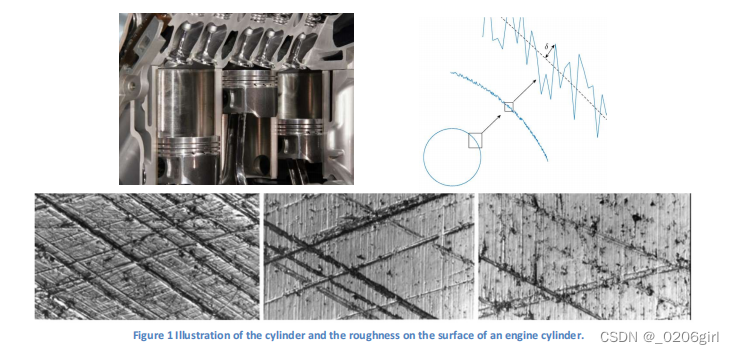Scalable Cross-Platform Software Design Java
发布时间:2024年01月15日
Scalable Cross-Platform Software Design:
Coursework#3 – Assessment on JAVA and GUI Topic
25% of the module mark.
Read the marking scheme on Moodle to familiarised with what I am looking for.
Coursework Instructions (
you may be penalised if not following the instruction given
):
1. Please submit as a single zip file which contains the whole NetBeans project folder
and a brief report (max 8 pages).
2. Only
one
NetBeans project encompassing all tasks to be submitted—not separate
Netbeans project for each Question.
3. The NetBeans project must be prepared using JDK v8 and JavaFX v8 and should run in?my PC without modification. (how to install documents are in Moodle)
4. Graphical User Interface (GUI) will based on JavaFX v8 platform
5. The report will describe the answer for each Questions, i.e., class name and their?purpose, and evidence to convince the client that it works correctly.
Document date: 20/09/2023
Context description
A well-known Aerospace company AirCoach requests you to design and implement?software with a user-friendly user interface to be integrated with their optical roughness sensing device. Their plan is to use the optical roughness device to measure “how smooth” the inner-lining of the inner engine cylinder of their new flagship plane Nimbus 2023. As they found from simulation that roughness of the engine cylinder degrades the engine’s efficiency, lifetime, and increases carbon and noise emission.

Your task is to develop the accompanying software for the optical roughness device. The engineer has described that this device will output a text file which lists the roughness as the deviation 𝛿 in the unit of meter from an ideal circle (see Fig. 1).
For illustration purposes, the first few lines of such text file are given in Fig. 2,

Specifically, your JAVA application should:
1. Has a user-friendly user interface.
2. Streaming from the text file, to have the text file as an input.
(
Do not hard-coded the text file, I may test your code with different .txt file
)
3. Calculate the mean, variance, median and standard deviation of 𝛿
4. Plot the
normalised
histogram of the deviation 𝛿, with an option to choose
different bin method.
5. Fit and plot the histogram with a Probability Density Function model (PDF).
6. Save the histogram and the fitted PDF as a Bitmap png file.
7. The software should also display the fitting parameters. For example: 𝛼, 𝜇 and 𝜎 for Normal Probability Density Function (see Review on the mathematics 3).
文章来源:https://blog.csdn.net/2301_81917451/article/details/135594428
本文来自互联网用户投稿,该文观点仅代表作者本人,不代表本站立场。本站仅提供信息存储空间服务,不拥有所有权,不承担相关法律责任。 如若内容造成侵权/违法违规/事实不符,请联系我的编程经验分享网邮箱:chenni525@qq.com进行投诉反馈,一经查实,立即删除!
本文来自互联网用户投稿,该文观点仅代表作者本人,不代表本站立场。本站仅提供信息存储空间服务,不拥有所有权,不承担相关法律责任。 如若内容造成侵权/违法违规/事实不符,请联系我的编程经验分享网邮箱:chenni525@qq.com进行投诉反馈,一经查实,立即删除!
最新文章
- Python教程
- 深入理解 MySQL 中的 HAVING 关键字和聚合函数
- Qt之QChar编码(1)
- MyBatis入门基础篇
- 用Python脚本实现FFmpeg批量转换
- Embedded-Project项目介绍
- 【Linux】Ubuntu 22.04 上安装最新版 Nextcloud Hub 7 (28.0.1)
- 个体工商户年报申报流程(不要再花冤枉钱)
- C语言——完数难题(头歌编程刷题)
- 118基于matlab的二级倒立摆的数学建模
- Linux shell编程学习笔记37:readarray命令和mapfile命令
- 三维城市模型提升日本的智慧城市管理
- MPU6050传感器——姿态检查(1)
- 银联扫码,云闪付扫码,衫德、金运通、新生第三方支付接口申请!
- C语言中的命名规则(期末版)